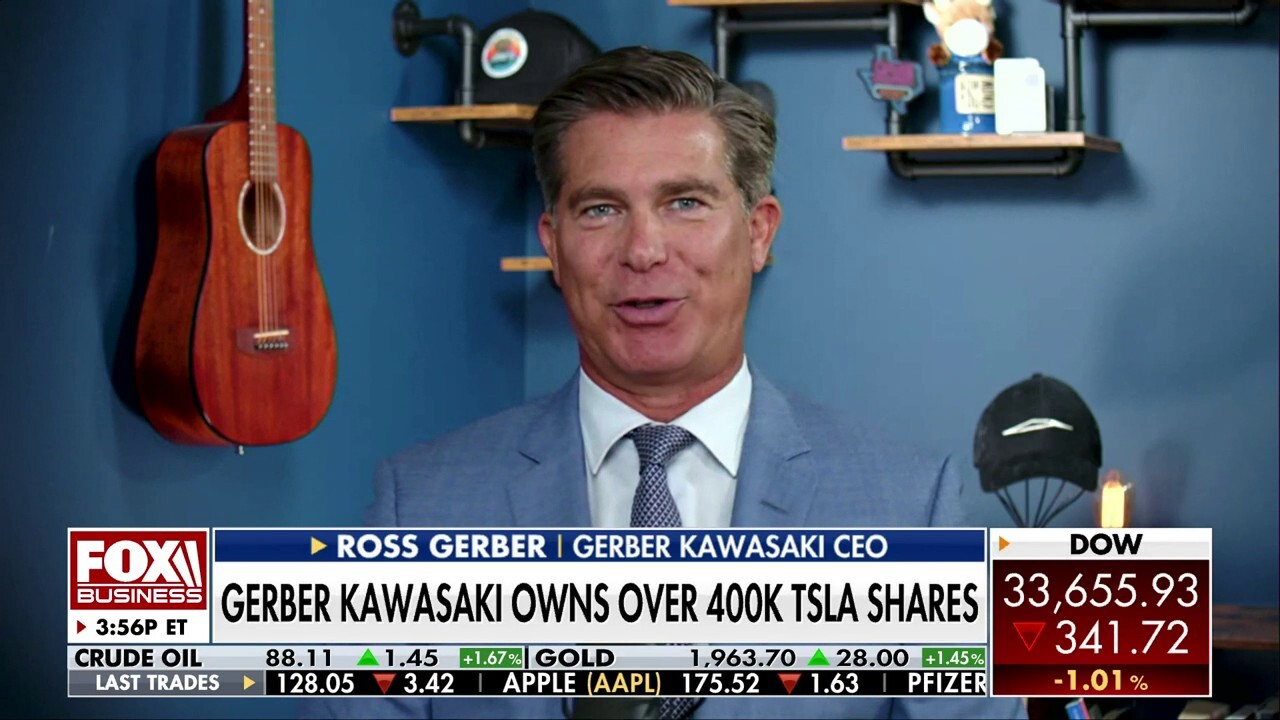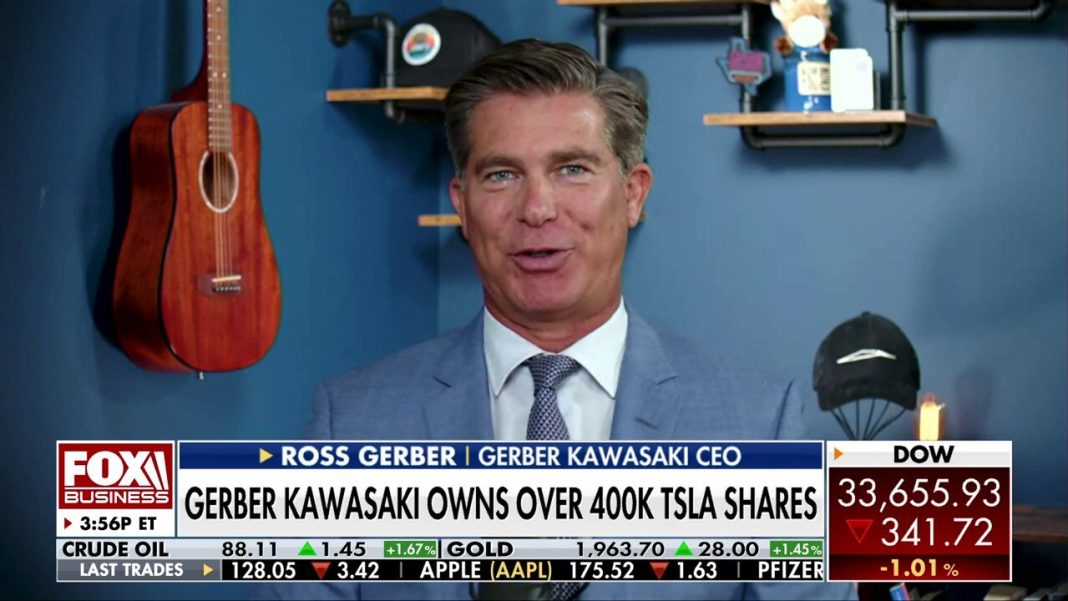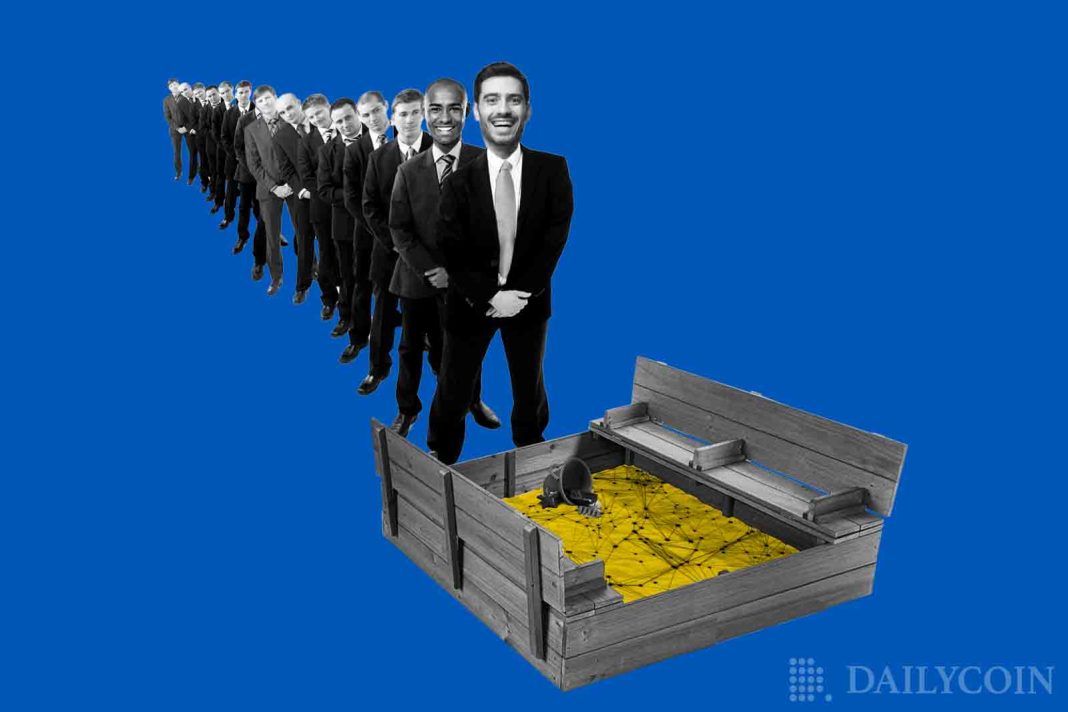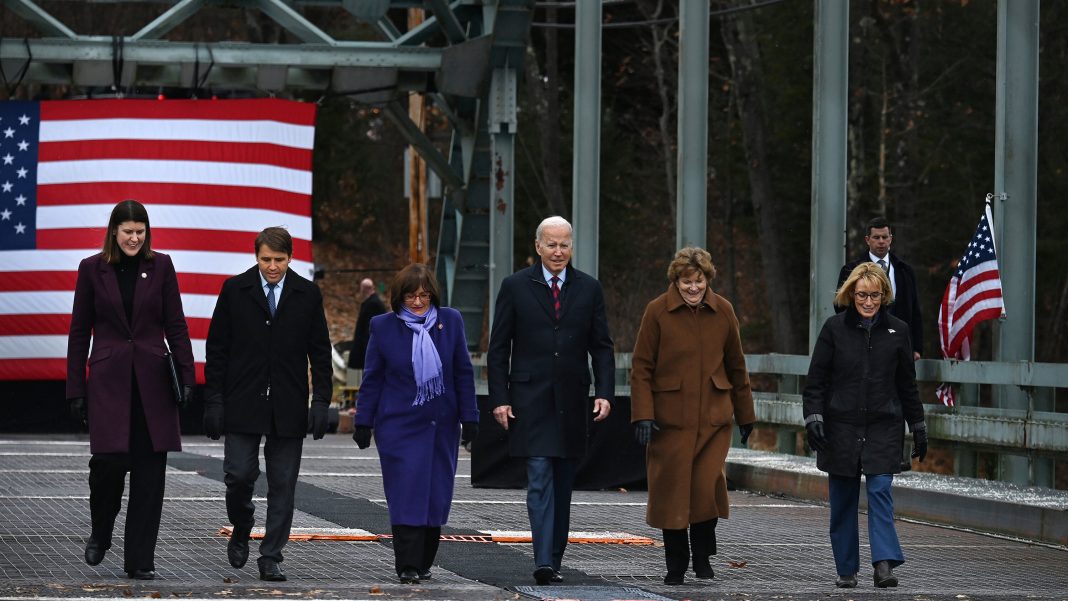 Housing starts in the United States experienced a significant decline in May, particularly in the Midwest region, according to the U.S. Census Bureau. The construction of new residential housing units slowed down by 5.5 percent compared to the previous month, with the Midwest seeing the biggest drop of 19 percent. This decrease in housing starts reflects the challenges faced by homebuilders in a high-interest rate environment.
Housing starts in the United States experienced a significant decline in May, particularly in the Midwest region, according to the U.S. Census Bureau. The construction of new residential housing units slowed down by 5.5 percent compared to the previous month, with the Midwest seeing the biggest drop of 19 percent. This decrease in housing starts reflects the challenges faced by homebuilders in a high-interest rate environment.
The National Association of Home Builders (NAHB) chairman, Carl Harris, stated that these numbers align with the concerns expressed by builders in recent industry surveys. The high interest rates have made it difficult for builders to obtain loans for acquisition, development, and construction, leading to a slowdown in homebuilding activity. Additionally, builders are facing challenges related to construction labor and available lots for building.
The impact of high mortgage rates is not limited to homebuilders. Potential buyers are also being deterred from entering the market. The NAHB reported that the average weekly mortgage rate for a 30-year fixed-rate mortgage has decreased slightly from 7.22 percent to 6.87 percent. While this drop may seem small, it is expected to have a positive effect on the housing market by increasing affordability and attracting more buyers.
The decline in housing starts is also reflected in the NAHB/Wells Fargo Housing Market Index (HMI) for newly built single-family homes. The HMI dropped two points to 43 in June, the lowest reading since December of the previous year. All three components of the index, including current sales conditions, sales expectations over the next six months, and traffic of prospective buyers, saw declines.
To further analyze the housing market, it is important to consider the direction of interest and mortgage rates. The Federal Reserve recently decided to keep interest rates unchanged within a range of 5.25–5.5 percent. However, there is a possibility that rates may be raised higher, which could negatively impact demand in the housing market. Neel Kashkari, president of the Federal Reserve Bank of Minneapolis, mentioned the potential for interest rate increases during a recent event. While keeping rates steady is the more likely outcome, any surprises in economic data could lead to adjustments.
Despite the challenges, there may be some positive signs for the housing market. Home prices only saw a minimal increase of 0.3 percent in May, the smallest growth rate since January of the previous year. This cooling inflation could potentially lead to a decline in mortgage rates in the late summer or early fall. Redfin economics research lead Chen Zhao suggests that a drop in mortgage rates could bring both buyers and sellers back into the market. Depending on who returns with more force, this could either accelerate price growth or lead to a cooling effect.
In conclusion, the decline in housing starts reflects the struggles faced by homebuilders in a high-interest rate environment. The Midwest region experienced the biggest drop, while high mortgage rates are deterring potential buyers from entering the market. The NAHB/Wells Fargo Housing Market Index also indicates a decline in sales conditions, expectations, and buyer traffic. The direction of interest and mortgage rates will play a crucial role in shaping the future of the housing market. However, there is optimism that cooling inflation could lead to a drop in mortgage rates, attracting both buyers and sellers back into the market.


